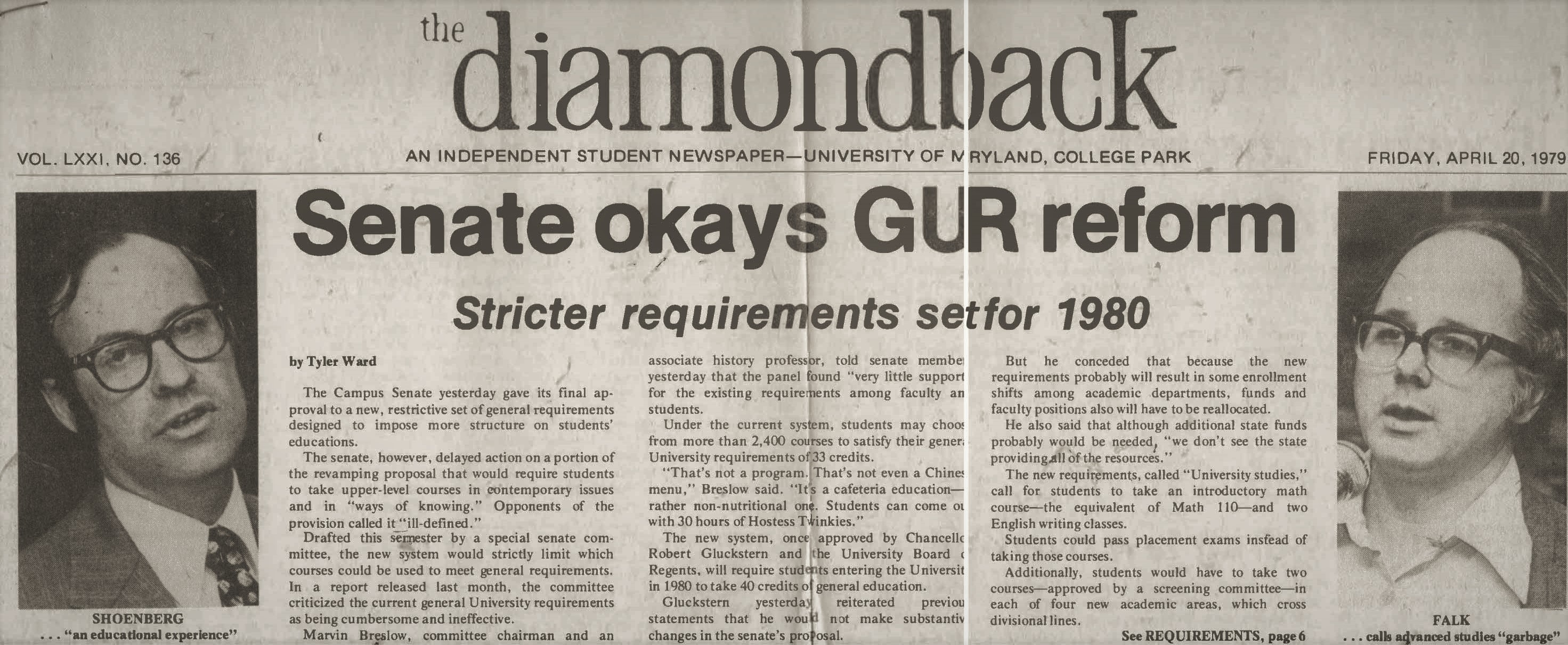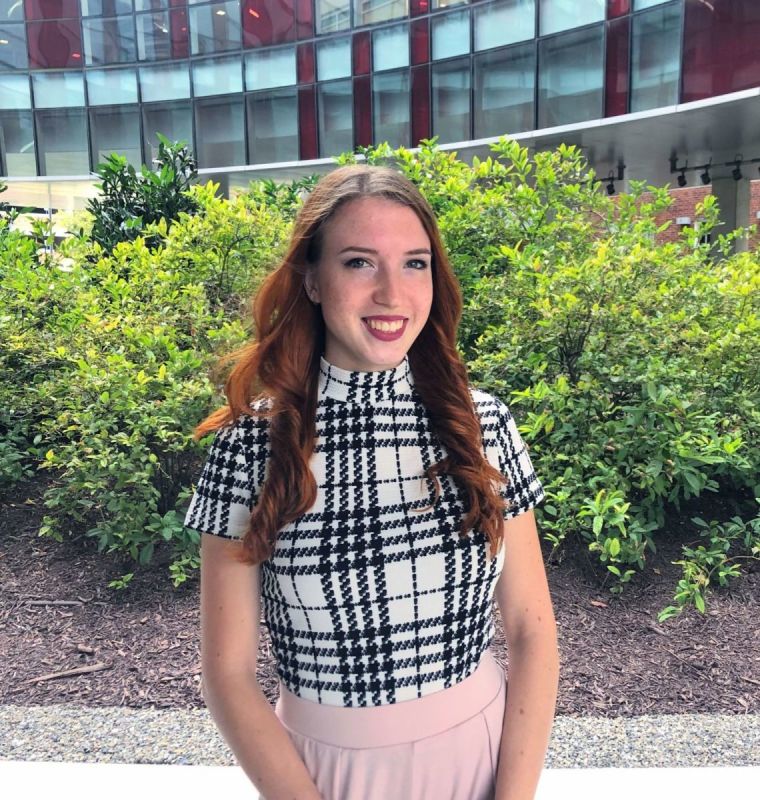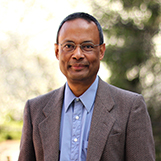Hafezi Named Finalist for 2020 Blavatnik Award
- Details
- Category: Department News
- Published: Wednesday, June 17 2020 05:33
Associate Professor Mohammad Hafezi has been named a finalist for the Blavatnik National Awards for Young Scientists for the second consecutive year.
Hafezi is one of 11 finalists in the Physical Sciences and Engineering category. Awards are also given in Chemistry and Life Sciences. Each of the three National Laureates will win $250,000—the world’s largest unrestricted prize for early-career scientists. The awards are sponsored by the Blavatnik Family Foundation and the New York Academy of Sciences.
Of the 11 Physical Sciences and Engineering finalists, three are from the University of Maryland: Hafezi, materials scientist Liangbing Hu and computer scientist Mohammad Hajiaghayi.
The Blavatnik National Awards for Young Scientists recognize the past accomplishments and the future promise of the most talented faculty-rank scientists and engineers aged 42 years and younger at America’s top academic and research institutions. This year, 305 nominations from 161 academic and research centers across 41 states were submitted.
Inspired by the concept of topology in mathematics, Hafezi is making pioneering contributions in the fields of nanophotonics and quantum optics. His innovative research is tackling a common challenge that has hindered the miniaturization and use of devices that use light-based components for decades: nano-scale fabrication defects that lead to random variations in device performance. Hafezi’s topologically-inspired optical devices have proven to be incredibly robust against nano-scale fabrication defects and, together with his theoretical work, have spurred the entirely new field of “topological photonics.” Hafezi is an associate professor in the Department of Electrical and Computer Engineering, Department of Physics, and Institute for Research in Electronics and Applied Physics.He is also a fellow of the Joint Quantum Institute and Quantum Technology Center.



